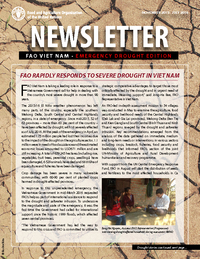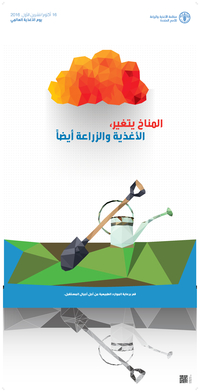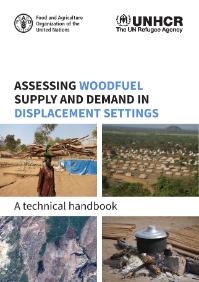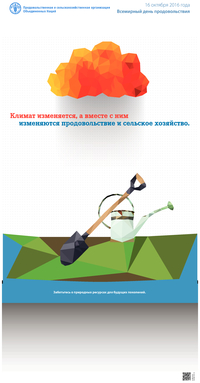Focal point
Location
The Food and Agriculture Organization of the United Nations leads international efforts to defeat hunger. Serving both developed and developing countries, FAO acts as a neutral forum where all nations meet as equals to negotiate agreements and debate policy. FAO is also a source of knowledge and information. We help developing countries and countries in transition modernize and improve agriculture, forestry and fisheries practices and ensure good nutrition for all. Since our founding in 1945, we have focused special attention on developing rural areas, home to 70 percent of the world's poor and hungry people.
Members:
Resources
Displaying 1381 - 1385 of 5074FAOVN Newsletter - Emergency Drought Edition
A brief summary of the emergency drought situation with news from FAOVN field office.
Poster: هدر الغذاء. يوم الأغذية العالمي
قم برعاية الموارد الطبيعية من أجل أجيال المستقبل.
Assessing woodfuel supply and demand in displacement settings
This manual presents a methodology for assessing woodfuel supply and demand at the level of the displacement camp through the collection of primary data in the field and remote sensing analysis. The methodology uses a multi-sectoral approach to assess the energy-related needs and challenges of people in both displaced and host communities. The first part of the manual presents the methodology for assessing demand for woodfuel, which is structured around four sequential steps.
Poster: природных ресурсах. Всемирный день продовольствия 2016. Климат изменяется, а вместе с ним изменяются продовольствие и сельское хозяйство
Заботьтесь о природных ресурсах для будущих поколений.











